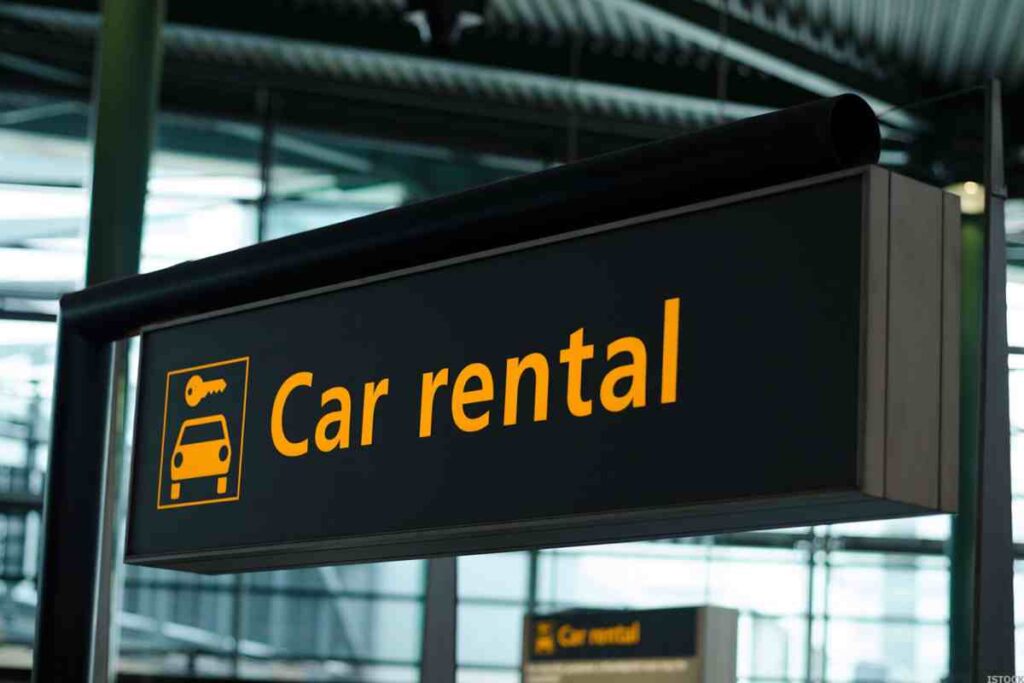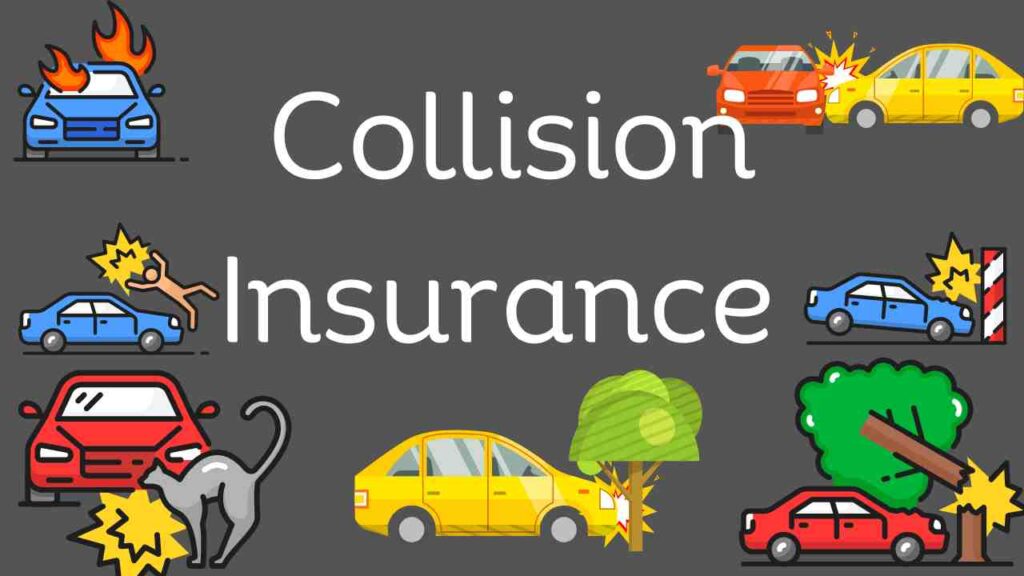Traveling abroad comes with its own set of unique challenges and opportunities. One such challenge is navigating the transportation landscape of a foreign country. Many travelers opt to rent a car for the duration of their stay, offering them the freedom to explore at their own pace. However, this decision brings up an important question: ‘Can I Use My Insurance for A Rental Car in Another Country?’ This article aims to shed light on this complex issue, discussing local laws, international license requirements, insurance coverage, and more. Join us as we delve into the intricacies of international car rental insurance, helping you to navigate foreign roads with confidence and peace of mind.
Understanding Local Laws and Insurance Policies

When planning to rent a car in a foreign country, it’s crucial to familiarize yourself with the local laws and insurance policies. Each country has its own set of rules and regulations regarding road safety, vehicle standards, and insurance requirements.
For instance, some countries may require additional coverage for personal injury or property damage. Others might have specific laws about who can drive and what documentation is needed. It’s also important to understand the terms and conditions of the rental agreement, as these can vary significantly from one country to another.
Moreover, insurance policies can be complex and often differ greatly between countries. Some insurance policies might not cover rentals in certain countries or for certain types of vehicles. Therefore, it’s essential to check with your insurance provider before your trip to ensure you have the necessary coverage.
In conclusion, understanding the local laws and insurance policies of the country where you plan to rent a car is not just a legal necessity, but also a step towards a safer and more enjoyable journey.
International License Requirements
Driving in a foreign country often requires more than just a valid driver’s license from your home country. Many countries require an International Driving Permit (IDP) in addition to your domestic license.
An IDP is a document that translates your domestic driver’s license information into 10 languages. It’s recognized in over 150 countries and is often a necessary document for renting a car abroad.
To obtain an IDP, you’ll need to apply through the automobile association in your home country. The requirements typically include being at least 18 years old, holding a valid domestic driver’s license, and paying a small fee. It’s important to note that the IDP is not a standalone document but must be accompanied by your valid domestic driver’s license.
Remember, driving without the necessary documentation can lead to serious consequences, including fines, rental car issues, and insurance complications. Therefore, it’s crucial to research the international license requirements of your destination country before your trip.
Choosing the Right Vehicle
Choosing the right vehicle for your trip is an essential part of the car rental process. The type of car you rent can greatly impact your overall travel experience. Here are some factors to consider:
- Size of the Vehicle: Consider the size of the vehicle you’ll need. If you’re traveling with a large group or have a lot of luggage, you might need a larger vehicle like an SUV or a minivan. On the other hand, if you’re traveling alone or with a partner, a compact car might be more economical and easier to navigate in busy city streets.
- Type of Transmission: In many countries, manual transmission cars are more common and often cheaper to rent. However, if you’re not comfortable driving a stick shift, it’s worth it to pay a little extra for an automatic.
- Fuel Efficiency: Look for cars that get good gas mileage, especially if you’ll be doing a lot of driving. This can save you a significant amount of money on fuel costs.
- Comfort and Features: Think about the features that are important to you. This could include GPS, Bluetooth, a good sound system, or advanced safety features.
- Local Terrain: The local terrain should also influence your decision. For example, if you’re going to a mountainous area, you might want a vehicle with 4WD.
Remember, the cheapest car may not always be the best fit for your needs. It’s important to choose a vehicle that will provide a safe and comfortable ride during your travels.
Insurance Coverage
Securing adequate insurance coverage is a critical part of renting a car, especially when you’re in a foreign country. Here are some key points to consider:

- Collision Damage Waiver (CDW): This covers the cost of repairs to the rental car if it’s damaged in an accident. Some countries require renters to purchase CDW insurance.
- Liability Insurance: This covers the costs if you cause damage to other vehicles or property. In many countries, a minimum amount of liability insurance is legally required.
- Personal Accident Insurance (PAI): PAI covers medical costs for you and your passengers if you’re involved in an accident.
- Theft Protection: This covers the cost of replacing the car if it’s stolen. It’s worth considering in countries where car theft is common.
- Coverage from Credit Card Companies: Some credit card companies offer rental car insurance as a perk. Check with your credit card company to see if this is something they offer and what the coverage includes.
- Travel Insurance: Some travel insurance policies include coverage for rental cars. It’s worth checking your policy to see if rental cars are covered.
What Happens to Home Insurance When Mortgage is Paid Off?
Remember, insurance laws and requirements can vary greatly from one country to another. Always do your research before you travel, and make sure you’re adequately covered. It’s better to be safe than sorry.
Limitations of Domestic Insurance
When planning to rent a car abroad, it’s important to understand the limitations of your domestic car insurance policy. Here are some key points to consider:
- Geographical Limitations: Many domestic car insurance policies only provide coverage within the country of issuance. This means that if you rent a car in another country, your domestic insurance may not cover you.
- Type of Vehicle: Some insurance policies may not cover certain types of vehicles, such as RVs, motorcycles, or luxury cars. If you plan to rent a special type of vehicle, you’ll need to check if your insurance covers it.
- Duration of Rental: Some policies may have limitations on how long they will cover a rental car. If you’re planning a long trip, you’ll need to check if your insurance provides long-term coverage.
- Coverage Limitations: Even if your domestic insurance does provide some coverage for rental cars, it may not cover everything. For example, it might not cover theft or damage to other vehicles.
- Deductibles and Excess: If your insurance does cover a rental car, you’ll still likely be responsible for the deductible. In some cases, this can be quite high.
Do I Need Rental Car Insurance If I Have Car Insurance?
In conclusion, while your domestic car insurance may provide some coverage, it’s likely that it won’t fully cover a rental car in another country. Therefore, it’s often necessary to purchase additional insurance from the rental car company or through a travel insurance policy.
Process of Renting a Car Internationally
Renting a car in a foreign country can be a daunting task, especially if you’re doing it for the first time. Here’s a step-by-step guide to help you navigate the process:
- Research Rental Companies: Start by researching car rental companies that operate in your destination country. Look for companies with good customer reviews and transparent pricing.
- Check Requirements: Each country has its own requirements for renting a car. This could include age restrictions, international driving permit requirements, and more. Make sure you meet these requirements before proceeding.
- Choose a Vehicle: Based on your needs and budget, choose a vehicle that suits you. Consider factors like size, fuel efficiency, and type of transmission.
- Understand the Rental Agreement: Before you book, make sure you fully understand the rental agreement. This includes the rental period, return policy, fuel policy, mileage limit, and more.
- Secure Insurance: As discussed earlier, your domestic car insurance may not cover rentals in a foreign country. You might need to purchase additional insurance from the rental company or a third-party provider.
- Make a Reservation: Once you’ve chosen a vehicle and understood the terms, you can make a reservation. You’ll typically need a credit card to do this.
- Pick Up the Car: When you arrive in the foreign country, go to the rental company’s office to pick up the car. Make sure to bring all necessary documents, such as your driver’s license, IDP, and credit card.
- Inspect the Car: Before you drive off, inspect the car for any existing damage and make sure it’s noted in the rental agreement.
- Return the Car: At the end of your rental period, return the car to the designated location. Make sure to fill up the tank if required by the rental agreement.
Remember, preparation is key when renting a car abroad. By understanding the process and doing your homework, you can ensure a smooth and stress-free experience.
Tips and Tricks to Save Money and Avoid Problems
Renting a car abroad can be a great way to explore a new country, but it can also be a source of stress if not done correctly. Here are some tips and tricks to save money and avoid problems:
1. Book in Advance: Prices tend to rise as you get closer to your travel date. Booking your rental car in advance can help you secure a better rate.
2. Compare Prices: Don’t just go with the first rental company you find. Use comparison websites to find the best deal.
3. Check for Hidden Fees: Be sure to read the fine print to avoid any unexpected charges. This could include fees for additional drivers, late returns, or crossing borders.
4. Avoid Airport Rentals: Rental companies at airports often charge a premium. If possible, try renting from a location away from the airport.
5. Choose Your Car Wisely: Consider what type of vehicle you really need. Smaller cars are often cheaper to rent and more fuel-efficient.
6. Check Your Insurance: Before you opt for the rental company’s insurance, check if your existing car insurance or credit card company provides coverage for rental cars.
7. Inspect the Car: Before you drive away, inspect the car for any damage and make sure it’s noted on your rental agreement. This can prevent disputes when you return the car.
8. Know the Rules of the Road: Familiarize yourself with the driving laws of the country you’re in. This can help you avoid fines and stay safe on the road.
9. Fill Up the Tank Before Returning: Rental companies often charge high prices for refueling. Save money by filling up the tank yourself before you return the car.
10. Use a GPS: Navigating in a foreign country can be tricky. Consider using a GPS to help you find your way.
Remember, preparation is key. Doing your research and understanding what you’re getting into can help you avoid problems and save money.
FAQs
Q 1. What is an International Driving Permit (IDP) and how can I get one?
Ans. International Driving Permit (IDP) is a document that translates your domestic driver’s license information into 10 languages. It’s recognized in over 150 countries and is often a necessary document for renting a car abroad. To obtain an IDP, you’ll need to apply through the automobile association in your home country. The requirements typically include being at least 18 years old, holding a valid domestic driver’s license, and paying a small fee.
Q 2. What should I do if my rental car breaks down in a foreign country?
Ans. If your rental car breaks down, the first thing to do is contact the rental company. They should provide you with instructions on what to do next. This may include arranging for roadside assistance or a replacement vehicle.
Q 3. How does toll payment work when driving a rental car abroad?
Ans. Toll payment methods can vary greatly from one country to another. In some countries, tolls are collected at booths along the road, while in others, you may need to purchase a vignette (sticker) or use an electronic toll collection system. It’s important to research the toll system of your destination country before your trip.
Q 4. Are there any specific documents I should carry when driving a rental car abroad?
Ans. You should carry your driver’s license, International Driving Permit (if required), passport, and rental agreement. It’s also a good idea to have a copy of the car’s registration and insurance documents.
Q 5. What kind of customer support can I expect from car rental companies in case of emergencies?
Ans. Most major car rental companies offer 24/7 customer support and roadside assistance. They can assist with breakdowns, accidents, or other issues that may arise during your rental period.
Q 6. How can I ensure that I’m getting the best deal when renting a car abroad?
Ans. Compare prices from different rental companies, book in advance, and read the rental agreement carefully to avoid hidden fees. Check if your credit card company or personal car insurance provides rental car coverage, which could save you money on insurance costs.
Conclusion
Renting a car in a foreign country can be an exciting opportunity to explore new landscapes at your own pace. However, it’s crucial to understand the ins and outs of using your insurance for a rental car abroad.
From understanding local laws and insurance policies, international license requirements, choosing the right vehicle, securing adequate insurance coverage, reviewing road rules, to knowing the limitations of your domestic insurance, each aspect plays a significant role in ensuring a smooth and hassle-free experience. While the process may seem daunting, with the right knowledge and preparation, you can navigate the rental car landscape with confidence and peace of mind.

Join Shubham, a finance enthusiast with a mission to empower readers with the knowledge and tools to achieve financial freedom. Discover smart financial advice and unlock your financial potential.


